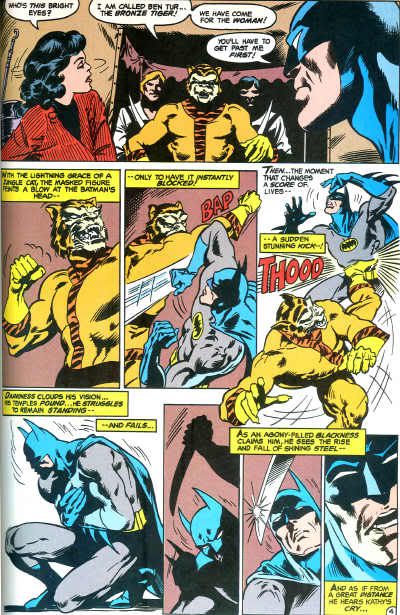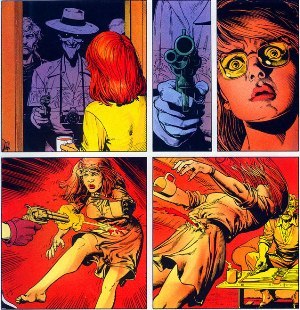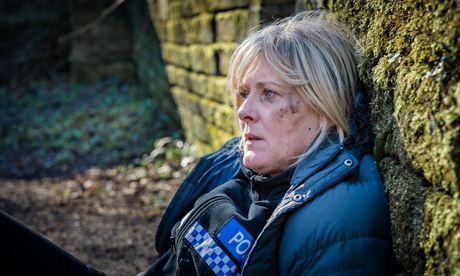Are red haired characters unfairly treated in comic books and related media?
By Bernard O’Shea
15/07/14
As a regular listener to the ‘Arkham Sessions,’ Podcast, a show that explores the psychology behind each episode of the Batman the Animated series, I enjoy co-hosts Brian Ward and psychologist Dr. Andrea Latamendi’s banter as they analyse each episode providing expert knowledge on mental health issues.
Over the course of the series an ongoing debate about the nature and use of red haired characters has arisen much to the chagrin of flame haired co-host Brian Ward. Ward has highlighted that a high percentage of red haired characters in the series are either portrayed as villains, thugs, scoundrels, or weaklings and cowardly bystanders to the main action. To be fair upon re-watching many of the episodes Brian Ward does have a point, and he raises an interesting question; Are red-haired people depicted poorly in comic books and related media?
As a regular listener to the ‘Arkham Sessions,’ Podcast, a show that explores the psychology behind each episode of the Batman the Animated series, I enjoy co-hosts Brian Ward and psychologist Dr. Andrea Latamendi’s banter as they analyse each episode providing expert knowledge on mental health issues.
Over the course of the series an ongoing debate about the nature and use of red haired characters has arisen much to the chagrin of flame haired co-host Brian Ward. Ward has highlighted that a high percentage of red haired characters in the series are either portrayed as villains, thugs, scoundrels, or weaklings and cowardly bystanders to the main action. To be fair upon re-watching many of the episodes Brian Ward does have a point, and he raises an interesting question; Are red-haired people depicted poorly in comic books and related media?
Before exploring red haired characters in the fictional world it is important to acknowledge that being red haired in the real world means you are more likely to suffer teasing, name calling and bullying. The playground names for red heads are all too common ranging from, ginger, carrot-top ginger nut, and red to copper head, ginger-whinger to some names not appropriate for print. Red heads receive an unfair amount of public humiliation and bullying within society. In 2007, a family in Newcastle Upon-Tyne were forced to leave their home because they received sustained abuse from their neighbours because of the family’s natural red hair colour.[1] If we were to substitute the hair colour issue for ethnicity or sexuality then there would be a greater public reaction to such a tragic story.
It does beg the question as to why there is such widespread social acceptance of the condemnation of red-haired people? Perhaps the reason may lie in the history, symbolism and use of the colour red.
The colour red has many meanings it is most commonly associated with love, if we imagine Valentines Day we think of red roses and heart shaped cards and balloons. The colour denotes feelings of passion, sensuality, sexuality and seduction. Russian word for red is 'krasnyj,' which when translated means ‘beautiful,’ in English. This association with passion dove-tails into notions of sacrifice; during the middle ages the Catholic Church used the colour red to symbolise the blood of Christ and it became associated with the power and authority of the church. Also during the French Revolution, red became synonymous with liberty and personal freedom; which was derived from the red caps worn by freed slaves in Ancient Rome.
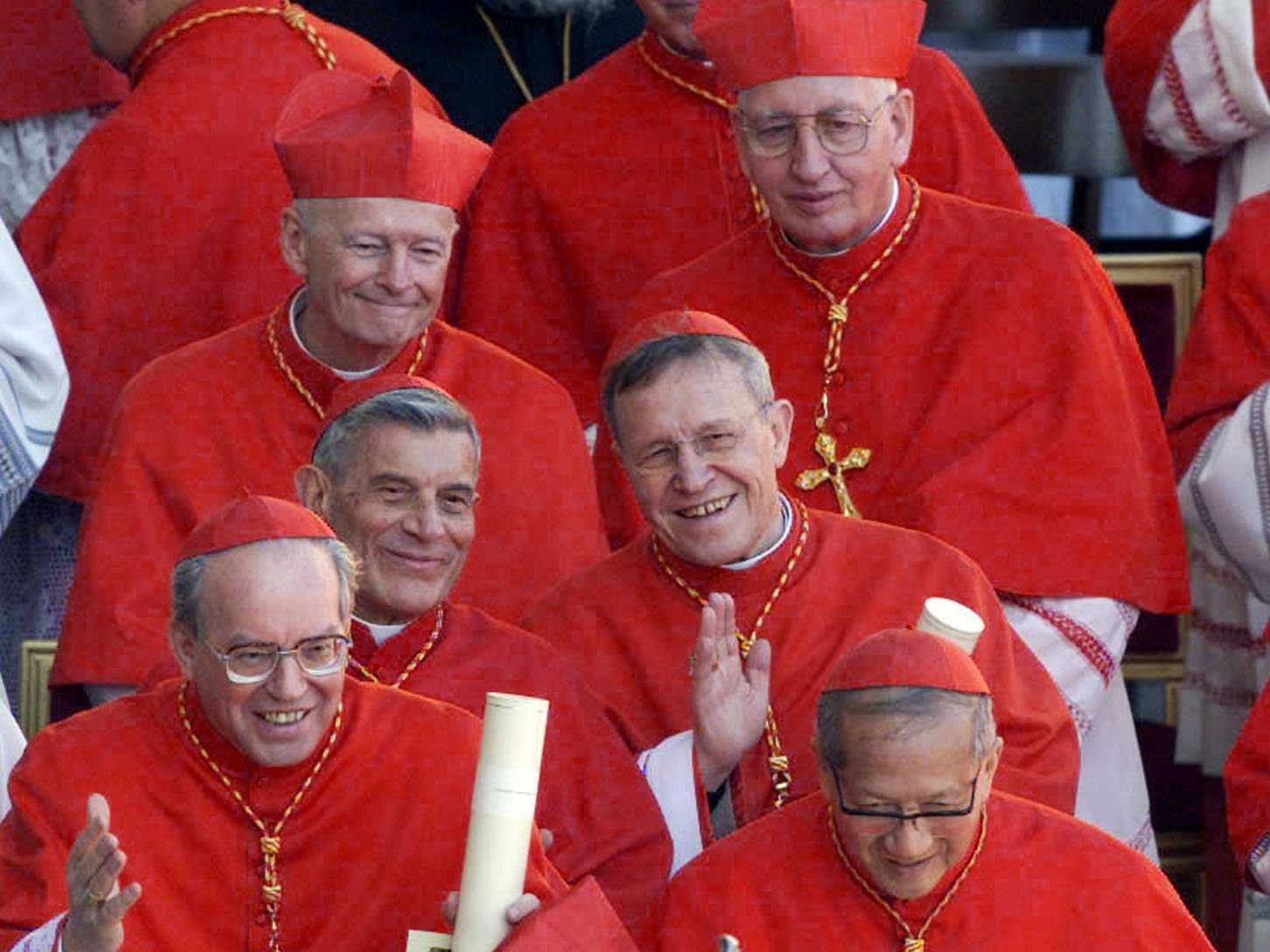 |
| Catholic Cardinals in the Vatican |
 |
| Actress 'Scarlet,' Johansson on the VIP 'Red,' carpet |
Red also carries a negative association with danger, heat, destruction and evil. Red is the international colour for stops signs and lights. The highest level of terrorist attack in the
 |
| Zidane receives his red card during the 2006 World Cup Final. |
In Roman Mythology, red is associated with the god of war, Mars.[2] In ancient
Unsurprisingly, in the context of Christian values, red is often associated with negative connotations. In the New Testament the Book of Revelation, the Antichrist is described as a red monster, ridden by the Whore of Babylon, who is dressed in scarlet.[4] The depiction of Satan in popular culture and art remains a red skinned devil, highlighting the long term impact of the original description and the long term belief in red as having negative connotations.
 |
| The Whore of Babylon depicted in Martin Luther's 1534 translation of the Bible. |
 |
| Red haired Jean Grey as the 'Dark Phoenix.' |
 |
| The flame haired Assasin 'Arcade,' from Marvel Comics. |
 |
| The Black Widow from Marvel Comics |
 |
| The Shape-Shifting 'Mystique,' from the Uncanny X-Men comics. |
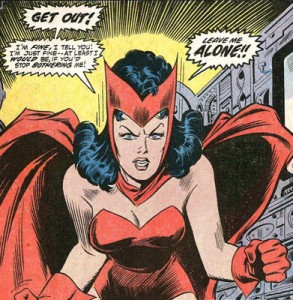 |
| The Scarlet Witch from Marvel Comics |
When you broaden the search for red haired characters in modern popular fiction you see that they embody all sorts of off beat, quirky and sometimes fiery and violent roles. For example; Ron Weasley is the insecure sidekick from the Harry Potter series, Fry is the dumb witted slacker from ‘Futurama,’ Sideshow Bob the inept evil genius from the Simpsons, Emma Pillsbury the obsessive compulsive guidance counsellor from Glee, Dexter the flame haired serial killer from the self-titled series and Syndrome the psychopathic supervillian from the ‘Incredibles.’
 |
| The Obsessive Compulsive Emma Pillsbury from 'Glee.' |
 |
| The 'Red Skull,' villain from Captain America |
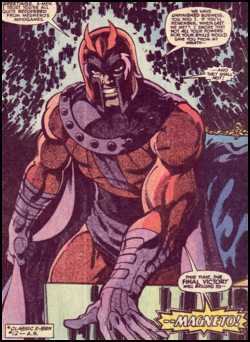 |
| Magneto by John Byrne Uncanny X-Men #111 |
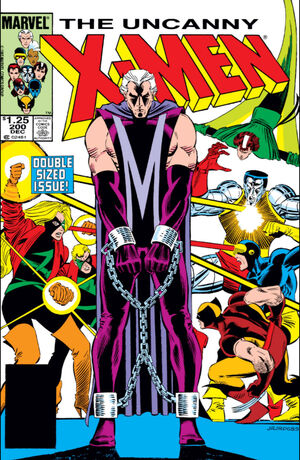 |
| Magneto on Trial in Uncanny X-Men #200. |
However Brian Ward’s disgruntled opinion on the portrayal of red haired characters in Batman: the animated series does highlight the interesting relationship society has with red heads and the colour red. Why are there so many mixed messages and negative connotations with the colour red?
Really, society’s relationship with the colour red is down to association and a multitude of sources that inform our views and beliefs.
Colour conveys meanings in two primary ways-natural association and psychological symbolism.[5] This association and symbolism can be both positive and negative. This is not exclusive to the colour red, for example the colour blue can be associated with clear skies and clear water but also symbolic of coldness and depression. Artist’s have always been vocal about the use of certain colours in their paintings to evoke emotions or convey a message. Henri Matisse, the painter of ‘Harmony in Red,’ once wrote; “A certain blue penetrates your soul; a certain red affects your blood pressure.”[6]
 |
| 'Harmony in Red,' by Henri Matisse. |
 |
| 'The Night Cafe,' by Vincent Van Gogh |
 |
| Is Red the key ingredient to the world's best selling Cola? |
I feel that a definite argument that red heads are unfairly treated in comic books cannot be fully substantiated. There are so many different meanings and associations with the colour red, that it is impossible to say red heads are depicted more poorly than any other minority. However, this examination does provide a possible explanation for the use of red and how it is often used to portray negative connotations in popular fiction. It does not, however, explain why society has such an aversion to people with red hair.
Some experts feel that red haired people represent one of the few remaining minorities in society that are not protected by anti-discriminatory laws. The poor treatment of people with red hair is a symptom of habitual bullies. Professor Larry Ray, a sociologist at the
In any such case red haired people can take comfort in the knowledge that recent research has indicated that they carry a specific gene that helps their skin produce vitamin D, enabling them to fight off certain deliberating and fatal illnesses better than blondes or brunettes.[11] The down side from the research indicates that red heads have a lower pain threshold. The common denominator in this examination appears to be that red heads are not any worse off than other minorities, but red haired people's treatment by society rather than in comic books does highlight that the one constant in human nature is that we will always ridicule those who are different to ourselves. Perhaps Van Gogh had it right, perhaps red says more about humanity than it does about red haired people.
[1] Rohrer, Finlo (2007) ‘Is Gingerism as bad as racism?’ BBC Website- http://news.bbc.co.uk/1/hi/magazine/6725653.stm Accessed 15.07.14
[3] Eva Heller (2009), Psychologie de la couleur - Effets et symboliques. Pg. 45
[4] King James Version, Book of Revelation, Chapter 17.
[5] Unknown (2014)’Colour Sybolism Theories,’ - http://www.colormatters.com/color-symbolism/color-symbolism-theories -Accessed 15.07.14
[6] Dunne Carrey (2013) ‘Seeing Red: Dior’s classic Rouge #9 Lipcolour Revived,’ - http://www.fastcodesign.com/3016760/seeing-red-diors-classic-rouge-9-lipcolor-revived -Accessed 15.07.14
[7] Sayre, Henry M., A World of Art, third edition, 2000, p 136. Prentice Hall
[8] Unknown (2014) ‘Colours and Mood: How what you wear affects you. -http://www.collegefashion.net/fashion-tips/colors-and-mood-how-the-colors-you-wear-affect-you/ - Accessed 15.07.14
[9] Shapiro, James (2010) ‘Shylock in Red?’ -http://www.nybooks.com/articles/archives/2010/oct/14/shylock-red/ -Accessed 15.07.14
[10] Rohrer, Finlo (2007) ‘Is Gingerism as bad as racism?’ BBC Website- http://news.bbc.co.uk/1/hi/magazine/6725653.stm Accessed 15.07.14







